"Thumbscrew
are one of the essentil contemporary jazz groups, and each of those
last four words requires equal stress. They're an indivisible unit,
permanently fresh and original, definitely playing jazz...and
definitely essential."
– Brian Morton, The Wire
"...a streamlined trio quickly becoming today's premiere small jazz group"
– Francis Davis, NPR
"An
essential aspect of this trio’s chemistry lies in each musician’s
willingness to expend so much creative energy making the others sound
better.”
– Bill Meyer, Magnet
“Made
up of three highly distinctive voices in the world of jazz and
avant-garde music, Thumbscrew should probably collapse under the weight
of its own star power but Tomas Fujiwara (drums), Mary Halvorson
(electric guitar) and Michael Formanek (acoustic bass) are just too
aware of the potential of this supertrio to let that happen.”
– Something Else!
Thumbscrew,
a band consisting of three well-established leaders on the new jazz/new
music scene, make inviting music full of wonder and discovery. Their albums document the group's commitment to
new music created specifically for this ensemble.
 WINGBEATS RUNE 520 |
Virginia Woolf was writing specifically about women when she observed that a room of one’s own is a crucial ingredient in the creative process, but it’s a truth universally acknowledged that artists of all stripes require their own space to thrive. The singular relationship between Thumbscrew and City of Asylum Pittsburgh vividly illustrates the creative synergy unleashed when collaborators share physical proximity for an extended period of time. Wingbeats is Thumbscrew’s eighth album and the latest to emerge from one of the trio’s three-week City of Asylum Pittsburgh residencies. It’s no exaggeration to say that the group’s productivity and sound is inextricably entwined with the grassroots program, with a purview that expanded from helping exiled writers resettle in the city to fostering a wide array of creative endeavors. |
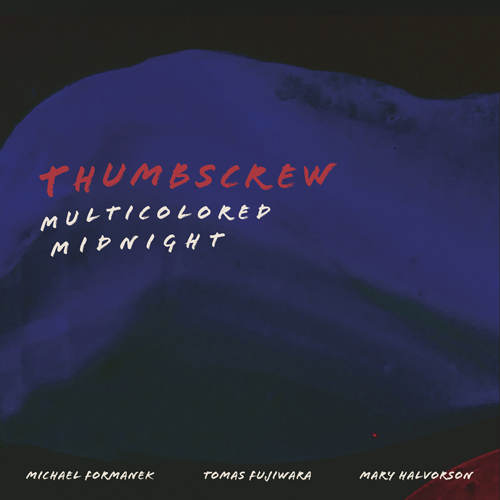 MULTICOLORED MIDNIGHT RUNE 485 |
At the center of a spiraling musical universe, Thumbscrew
is like a reverse black hole radiating brilliant constellations of
overlapping ensembles. The all-star trio is at the core, and they’re
marking their 10th year as a collective endeavor – 2022 – looking ahead
to new sonic territory rather than taking stock of a prodigiously
creative decade. Celebrating this anniversary, Multicolored Midnight, the group’s seventh album for Cuneiform Records,. It features bassist Michael Formanek, drummer/vibraphonist Tomas Fujiwara, and guitarist Mary Halvorson
on a set of 11 original pieces that oscillate between detailed
composition, unbridled improvisation, and every gradation in between.
It’s another step on an extraordinary journey by three of jazz’s most
dauntless and resourceful artists. |
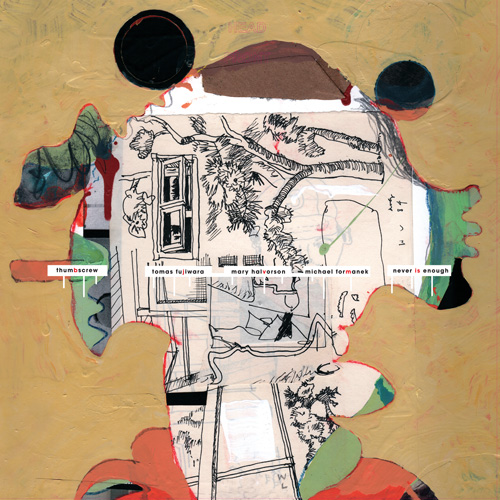 NEVER IS ENOUGH RUNE 478 |
This
album is their sixth and the very best of what is already a highly
accomplished discography. Thumbscrew is, deceptively, a groove
band...There is added weight in the rhythm section, not heaviness but a
sense of strength and agility, even though slow and medium tempos and
rock rhythms dominate. A funny thing happened while Thumbscrew was hunkered down at
City of Asylum, the Pittsburgh arts organization that has served as a
creative hotbed for the collective trio via a series of residencies.
Late in the summer of 2019 the immediate plan was for drummer Tomas Fujiwara, guitarist Mary Halvorson and bassist Michael Formanek to
rehearse and record a disparate program of Anthony Braxton compositions
they’d gleaned from his Tri-Centric Foundation archives, pieces
released last year on The Anthony Braxton Project, a Cuneiform
album celebrating his 75th birthday. At the same time, the triumvirate
brought in a batch of original compositions that they also spent time
refining and recording, resulting in Never Is Enough, a brilliant program of originals slated for release on Cuneiform. |
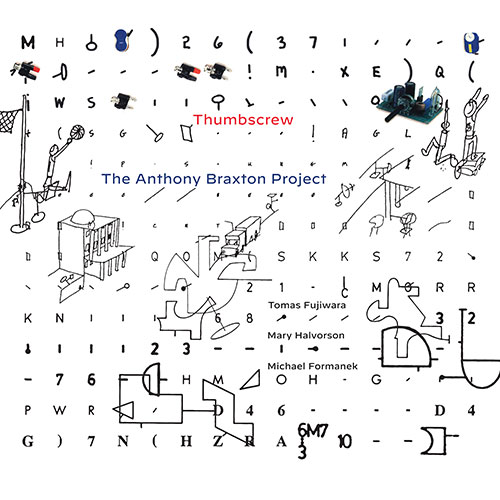 THE ANTHONY BRAXTON PROJECT RUNE 475 |
"Probably no one better qualified to make a Braxton tribute than these guys." – S. Victor Aaron / Something Else Reviews Over the course of six decades NEA Jazz Master Anthony Braxton
has created a singularly vast and variegated body of music as a
composer and recording artist, an oeuvre encompassing projects ranging
in scope from his pioneering 1969 solo saxophone album For Alto to 2016’s epic opera Trillium J (The Non-Unconfessionables). Musicians around the world have been coming together over the past year to celebrate his 75th
birthday with an array of performances and recordings, but leave it to
the all-star collective trio Thumbscrew to focus an utterly personal
lens on previously unheard compositions with The Anthony Braxton Project.
For fans familiar with Braxton’s music the project offers a whole new
window into his genius for designing protean musical situations
pregnant with possibilities. Those less acquainted with his work might
find themselves enthralled and amazed by the sheer diversity of
rhythmic and melodic material explored by Thumbscrew. The trio’s fifth
album extends the group’s relationship with Cuneiform, which has
released all of the band’s recordings. |
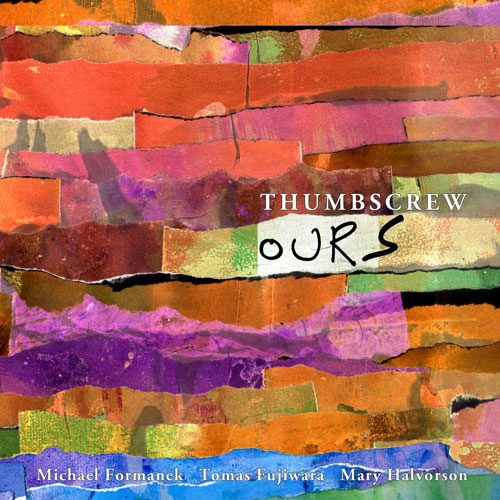 OURS RUNE 439 |
Thumbscrew demonstrates their unique collective musical vision in contrasting but complementary ways on two exciting new CDs. Ours and Theirs are the first to be released on a newly revamped Cuneiform Records, just returning from a hiatus. Comprised of longtime collaborators Michael Formanek, Tomas Fujiwara, and Mary Halvorson,
Thumbscrew is a true collaborative effort with all three members
contributing at an equal rate both in terms of composition and
improvisation. |
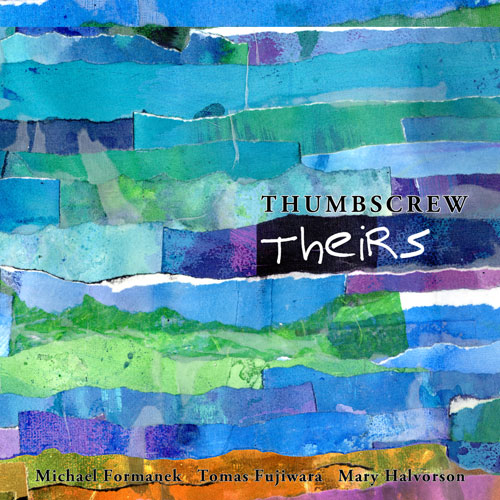 THEIRS RUNE 441 |
Thumbscrew demonstrates their unique collective musical vision in contrasting but complementary ways on two exciting new CDs. Ours and Theirs are the first to be released on a newly revamped Cuneiform Records, just returning from a hiatus. Comprised of longtime collaborators Michael Formanek, Tomas Fujiwara, and Mary Halvorson,
Thumbscrew is a true collaborative effort with all three members
contributing at an equal rate both in terms of composition and
improvisation. |
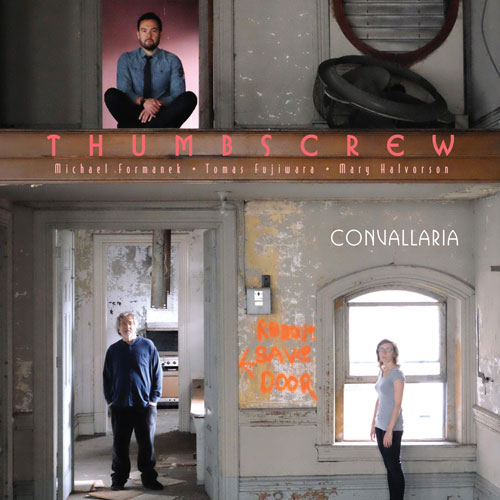 CONVALLARIA RUNE 415 |
Creative
artists aren’t subject to state persecution in the United States, but
indifference can exact its own cost, just as generous support can pay
steep dividends. Thumbscrew spent two weeks honing the tunes on Convallaria
at City of Asylum, a residency program in Pittsburgh, and for
Thumbscrew the opportunity for intensive, undistracted work and
woodshedding yielded a particularly striking body of music. Convallaria press release |
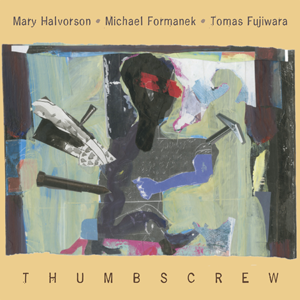 THUMBSCREW RUNE 365 |
While Michael Formanek (double bass), Tomas Fujiwara (drums) and Mary Halvorson (guitar) are all known for their prodigious capabilities as improvisers, Thumbscrew is more of a composer’s vehicle. While many cooperative bands draw on material recycled from other projects, "One of the things we said at the beginning is let’s just write music for Thumbscrew and it will only be Thumbscrew music," says Formanek. "It really is a three-composer trio, and all of our tunes have our basic aesthetics attached. But we want everybody to have input. Nobody’s afraid to make a decision. It’s one of the first co-ops I’ve been in where everyone’s really willing to take control at any given moment." With each musician contributing three tunes, the album encompasses an array of textures and strategies, while maintaining a consistently open and transparent sound. Generating tremendous intensity without necessarily increasingly volume or density, Thumbscrew buzzes and crackles, burns and croons. The group is both open and composerly. Part of what makes the band’s music so engaging is that they draw widely and deeply from any number of sonic sources. Part of the trio’s strength flows from the deep interconnecting bonds they’ve forged. Halvorson and Fujiwara first started playing together in cornetist Taylor Ho Bynum’s Sextet. They also work together in the collective quartet Reverse Blue with Chris Speed and Eivind Opsvik, and Mike Reed’s fascinating Sun Ra-inspired ensemble Living By Lanterns. They first worked with Formanek when he subbed in Bynum’s band in 2011, and the chemistry between the three was so readily apparent they immediately started looking into performance opportunities as a trio. This fine, distinctive effort is the result of 2 years of planning, rehearsing and gigging. Thumbscrew press release |

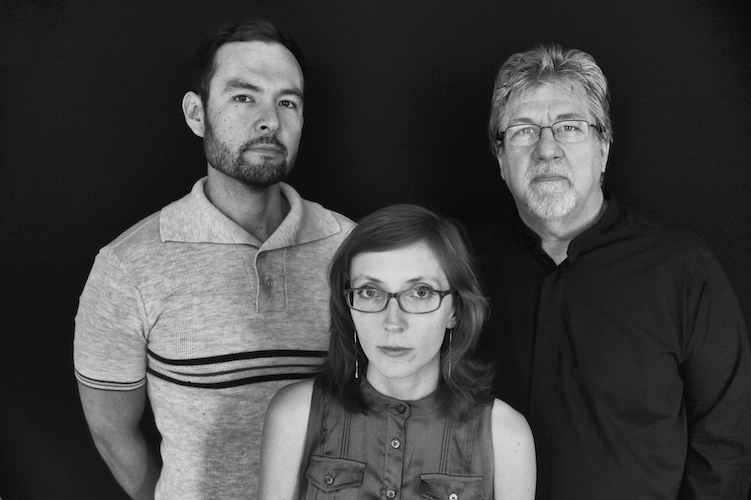

 Multicolored Midnight
Multicolored Midnight
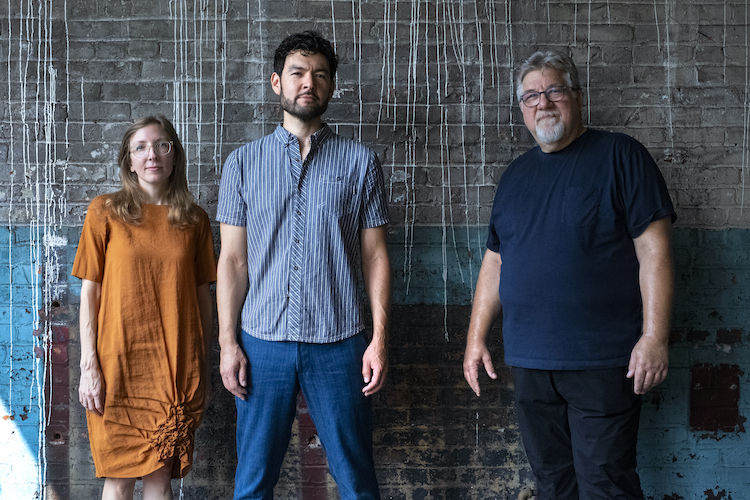
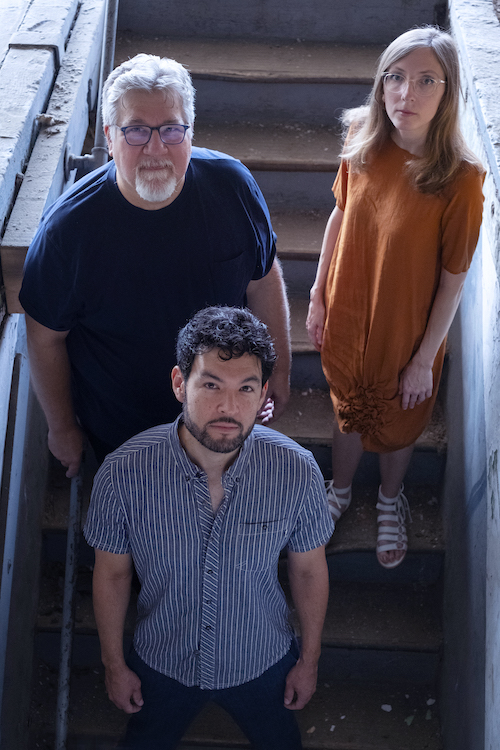
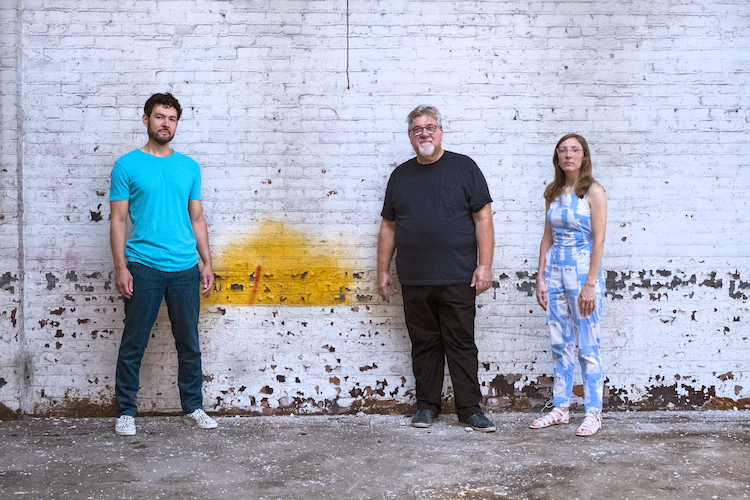
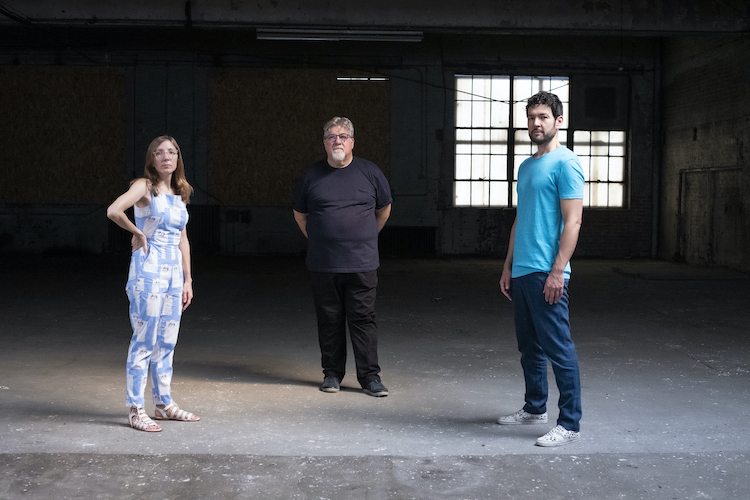
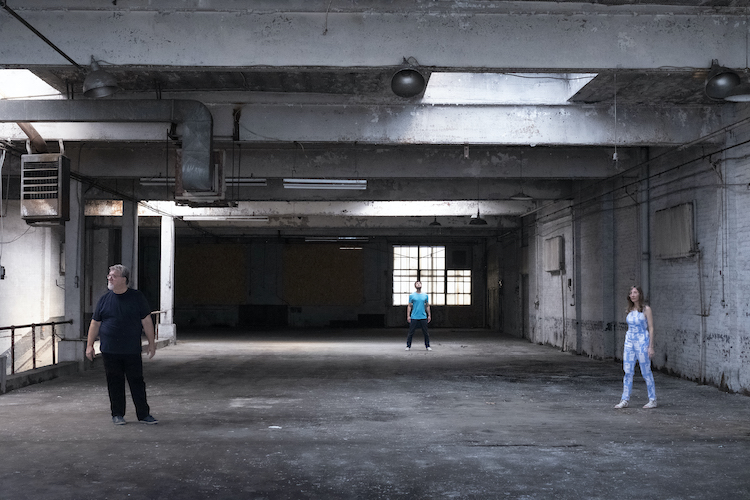
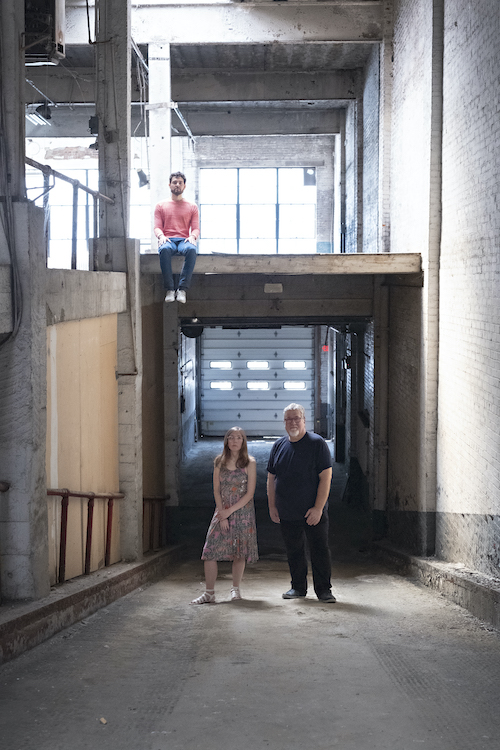
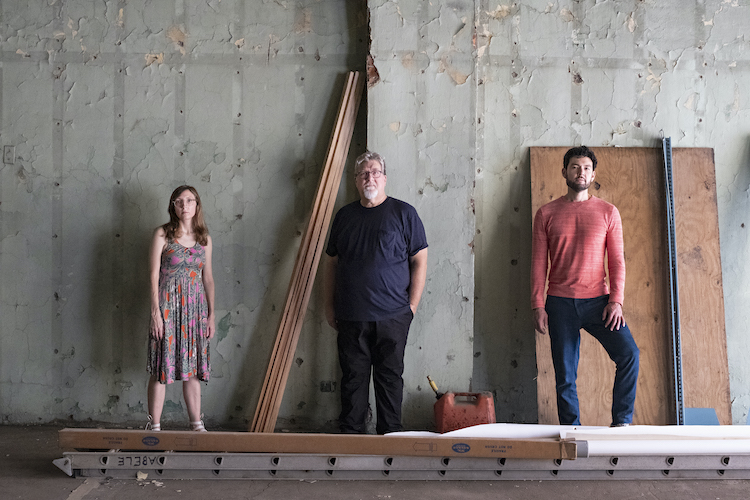 Never is Enough
Never is Enough
 The Anthony Braxton Project
The Anthony Braxton Project

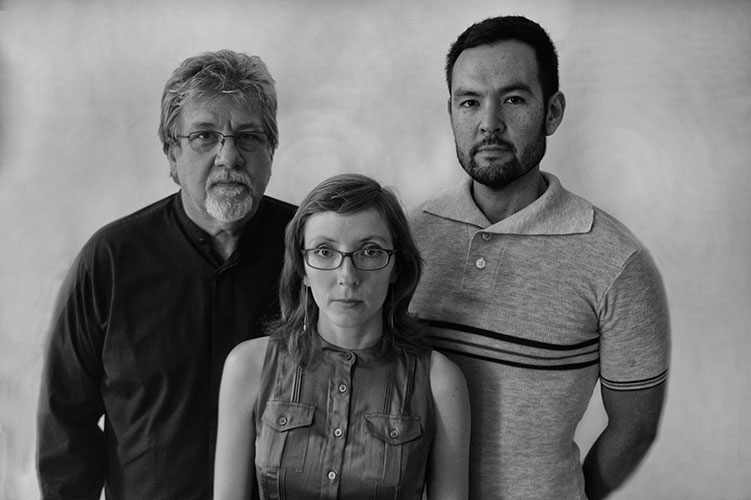
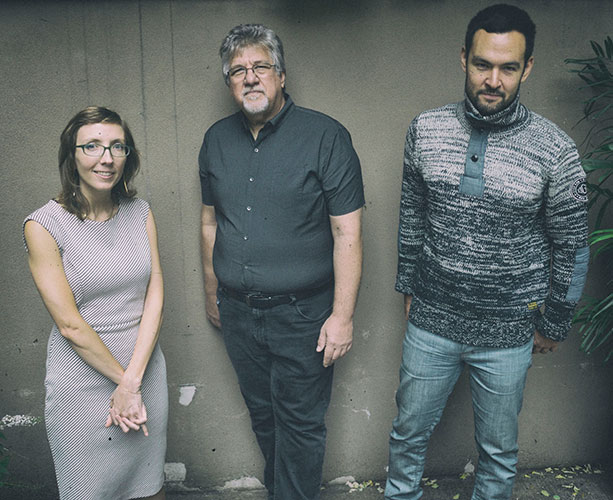 Ours and Theirs
Ours and Theirs

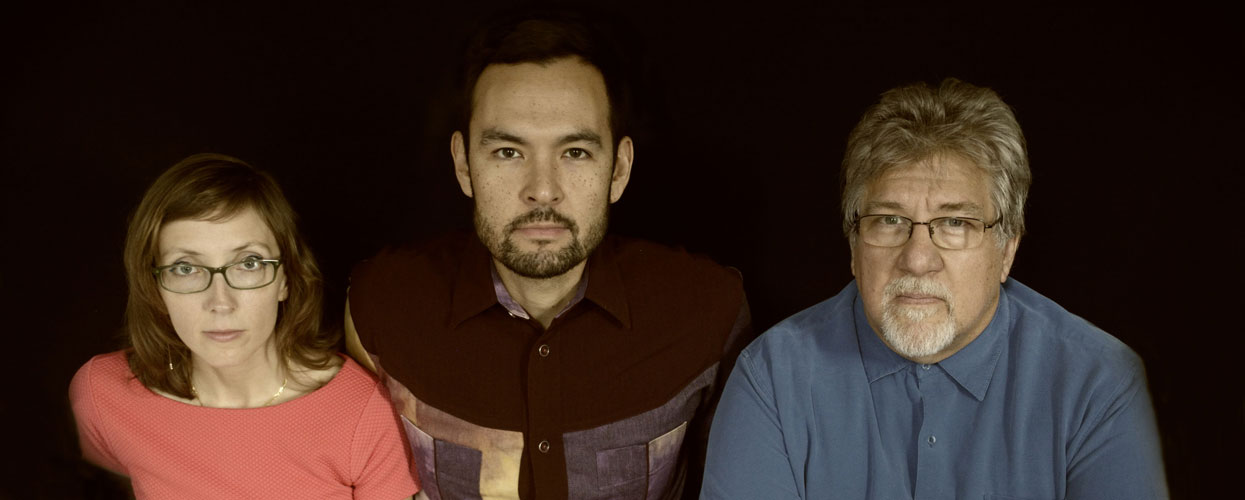
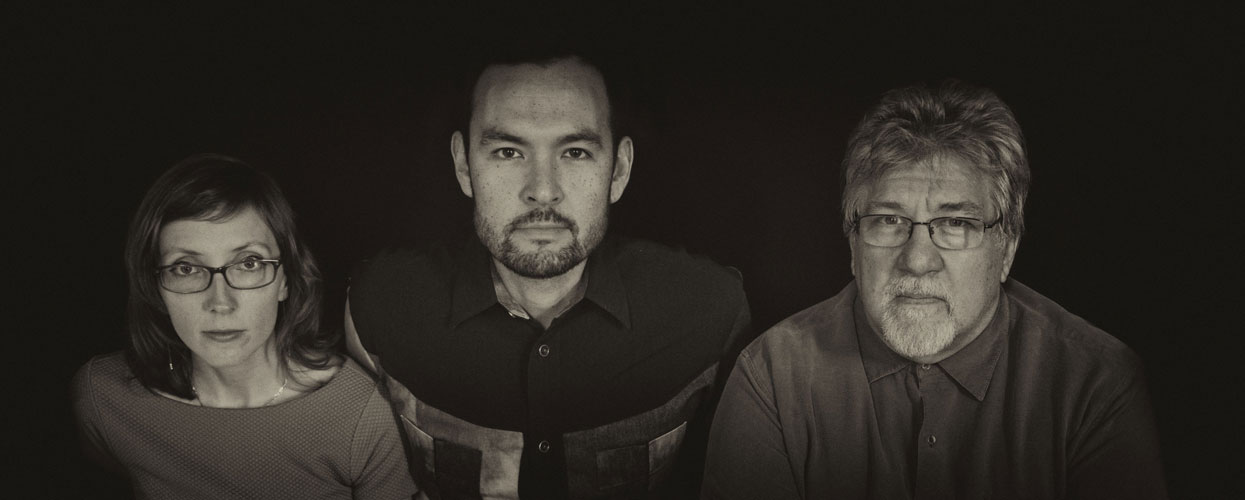

 Convallaria
Convallaria
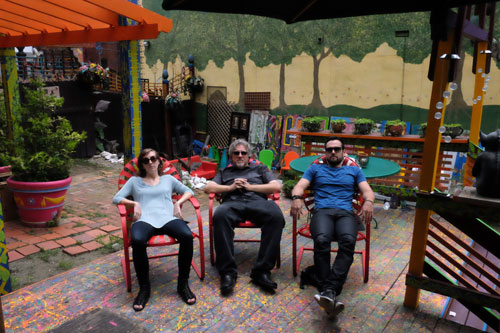
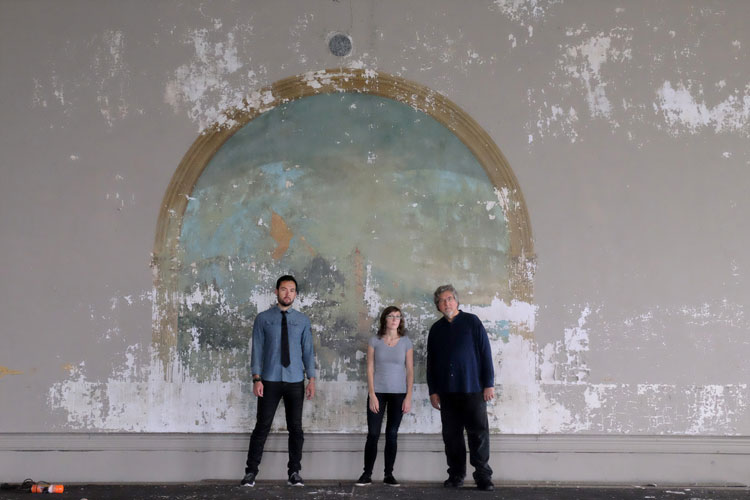
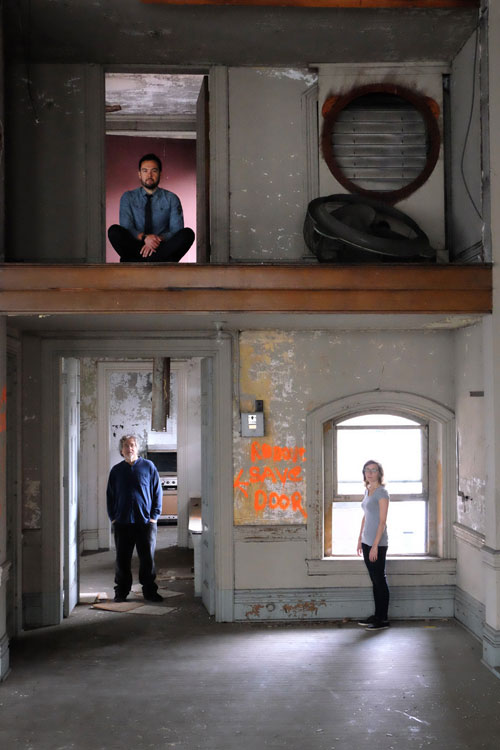
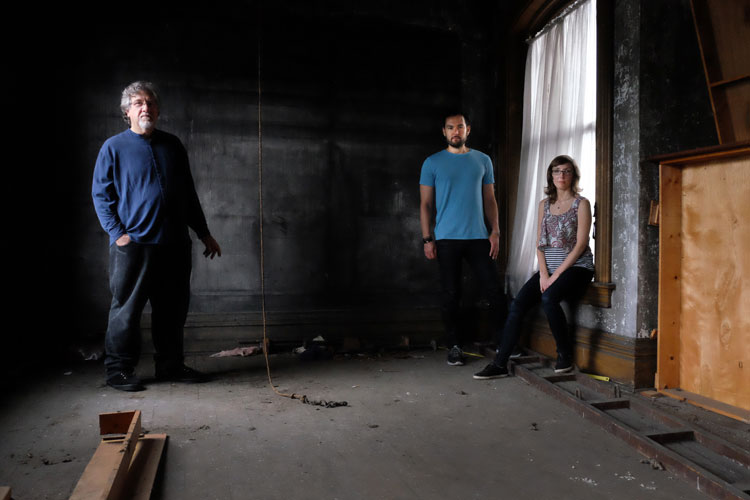
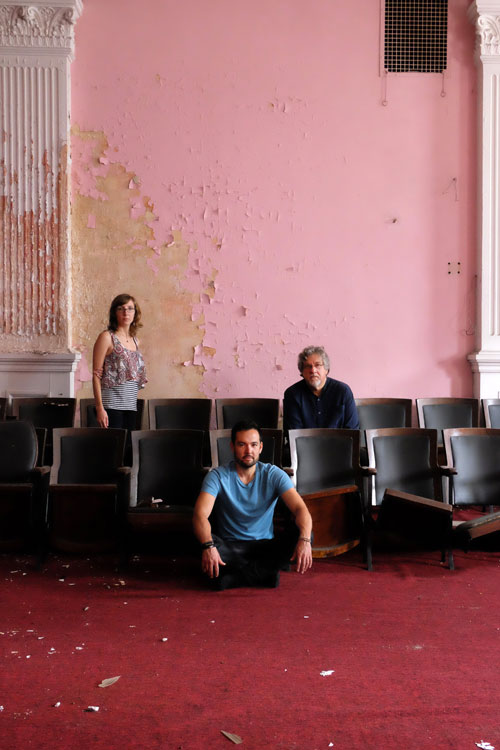
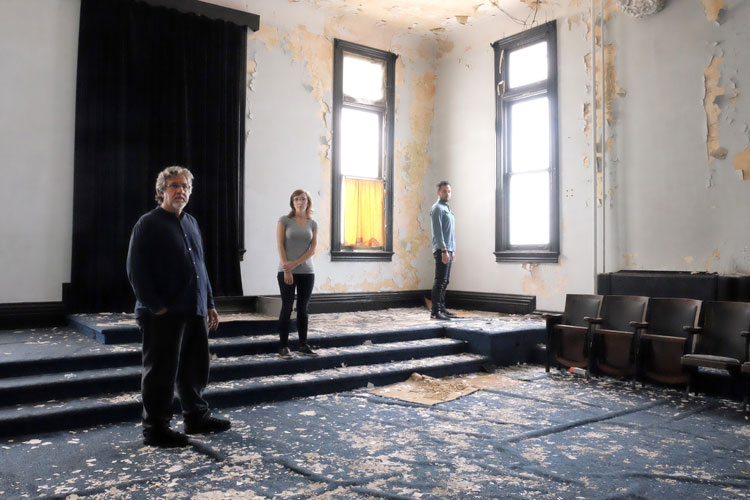 Thumbscrew
Thumbscrew
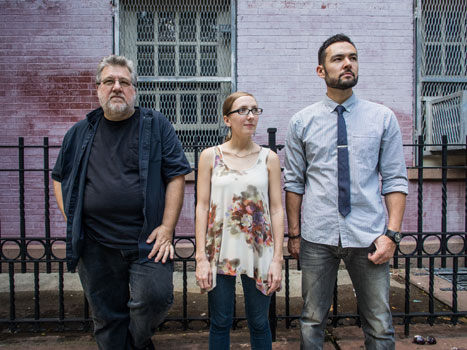
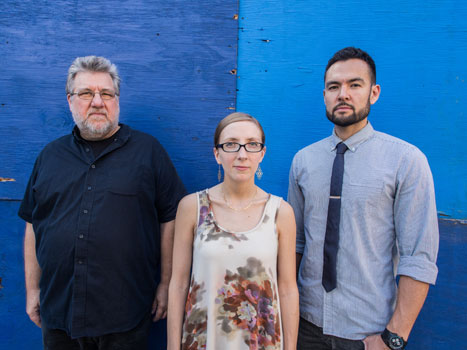


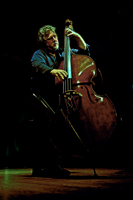
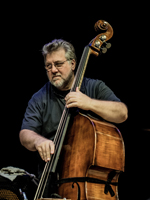
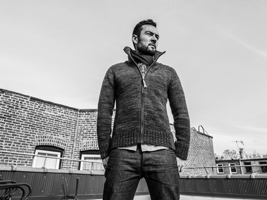
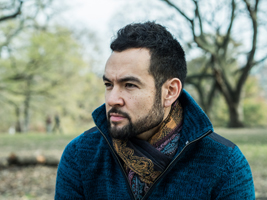
PRESS RELEASES
Wingbeats press release
Multicolored Midnight press release
Never is Enough press release
The Anthony Braxton Project press release
Ours & Theirs press release
Convallaria press release
Thumbscrew press release
Thumbscrew press quotes
CUNEIFORM EMAIL BLASTS
4/15/2014: Thumbscrew Tours Europe and North America
